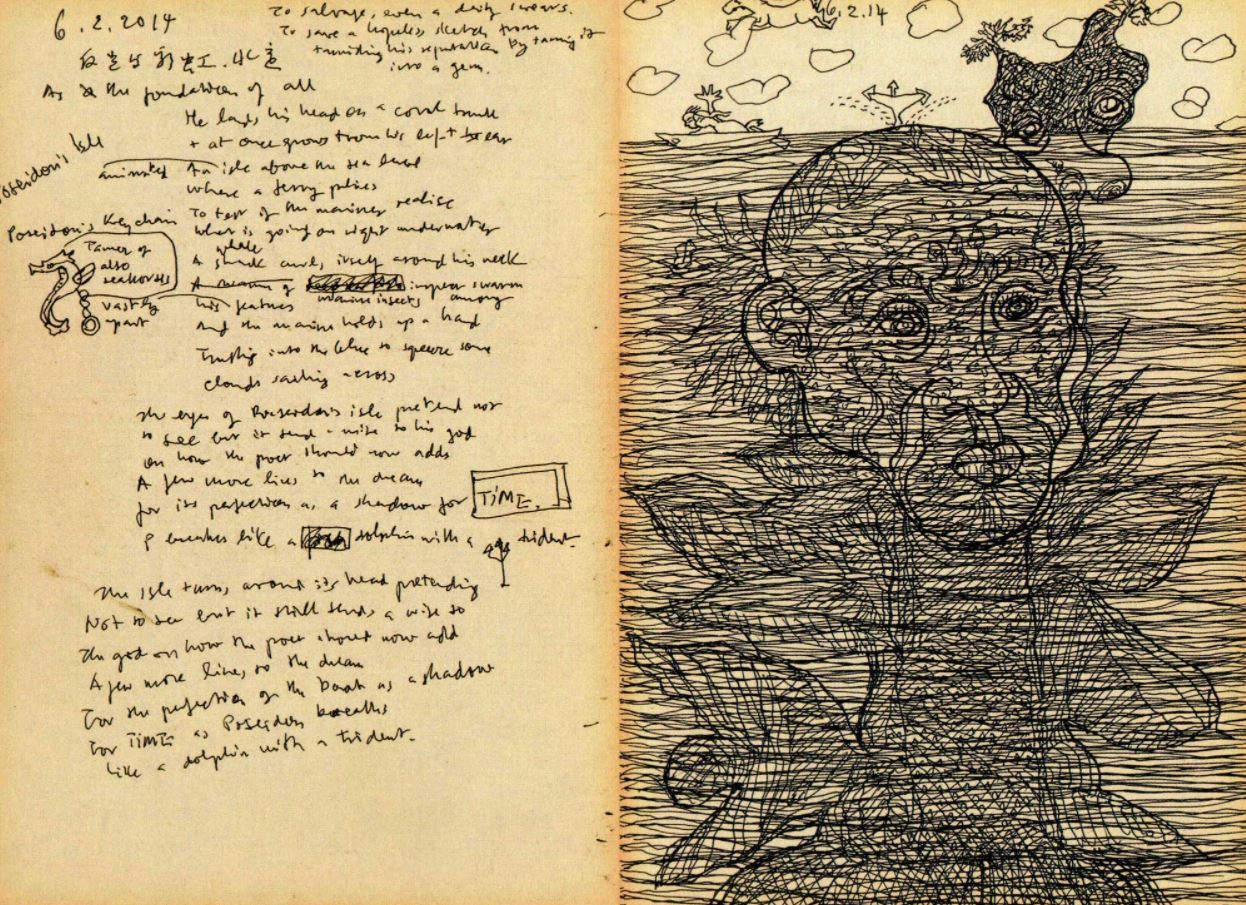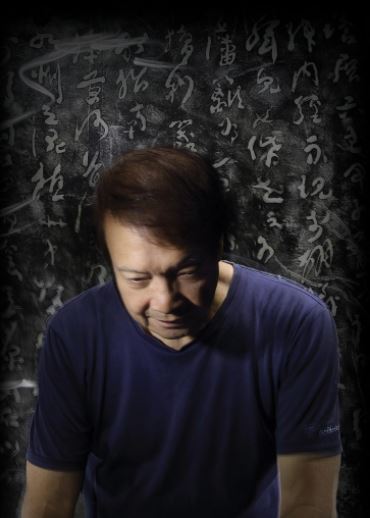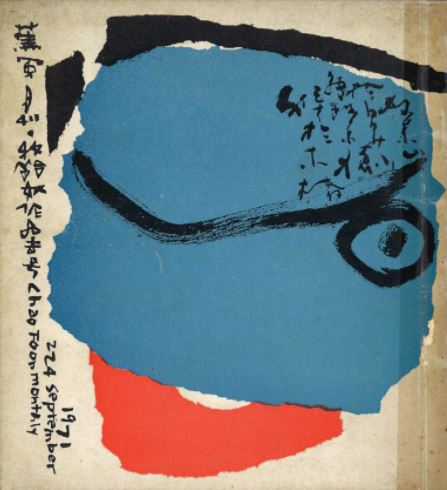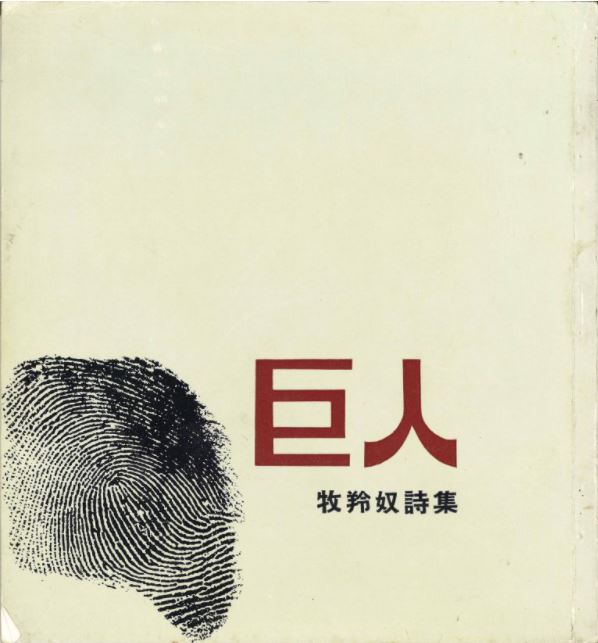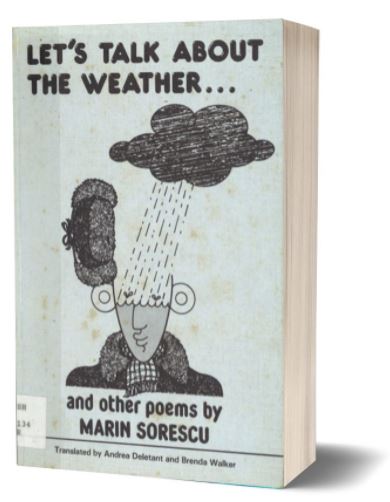Exploring an Artist’s Mind: The Tan Swie Hian Collection
What makes the difference between a good artist and a brilliant one? Goh Yu Mei delves into the books and artworks that have inspired a literary and artistic genius.
Housed within the Donors Gallery at level 10 of the National Library Building is the Tan Swie Hian Collection of over 6,600 items – comprising books, artworks, manuscripts, personal notebooks and other items – that illuminate the creative journeys of an extraordinarily gifted Singaporean artist.
The collection is important for the light it sheds on Tan Swie Hian (b. 1943), the multidisciplinary artist whose oeuvre spans several genres in the literary and visual arts. Internationally acclaimed for his painting, sculpture, calligraphy and public artworks, Tan is equally accomplished at penning poetry, essays and fables as he is with multimedia creations incorporating dance choreographies, live performances and musical compositions.
Witnessing the artworks of Tan provides at best a superficial appreciation of the artist; in order to understand his prodigious talents and make sense of the creative process behind many of his masterpieces, one should examine the Tan Swie Hian Collection that the artist has gifted to the National Library.
Inspirations and Influences
As an avid reader and bibliophile, Tan has built a vast collection of books by authors he admires and on subjects that interest him. These, in turn, have become the building blocks of his diverse literary and artistic pursuits.
Tan’s personal library includes copies of all the English translations of works written by the Danish philosopher Søren Kierkegaard, whom he deeply admires, while his fascination with the Hindu epic Ramayana led him to acquire the Chinese translation by the renowned scholar, Professor Ji Xianlin1 (季羡林). Other works that have had a profound impact on Tan include La Divina Commedia (Divine Comedy,《神曲》) and Duineser Elegien (Duino Elegies, 《杜英诺悲歌》).2 All these are now part of the Tan Swie Hian Collection at the National Library.
Among the collection are books autographed by renowned art and literary masters, such as Marin Sorescu, one of Romania’s foremost poets, playwrights and novelists of the late 20th century. There is also a copy of French poet Charles Baudelaire’s Les Fleurs du Mal (The Flowers of Evil), an anthology of poetry with lithography illustrations by Arnaud d’Hauterives, a French painter and illustrator, who personally autographed and gifted the book to Tan.
Another highlight of the collection are calligraphic works and paintings by renowned Chinese artists and writers, such as Wu Guanzhong (吴冠中), Ai Qing (艾青) and Li Keran (李可染), and Japanese calligrapher, Senpo Ishida.
These landmark literary and artistic works have guided Tan’s creative thought processes in his own career. In addition, they also bear witness to Tan’s friendships with various luminaries in the artistic and literary circles, many of whom are still living. In his words, “a younger poet/artist is lucky to be acquainted with senior, celebrated contemporary poets and artists”.3
An Artistic Journey
The Tan Swie Hian Collection is not just a physical manifestation of Tan’s literary and artistic journeys, but it also highlights milestones of his remarkable career. The magazines, periodicals and journals that Tan edited, including Pattra (贝叶), one of the earliest magazines that he worked on during his undergraduate days at Nanyang University, are part of the collection.
Tan, who had an early start in writing poems, published his first poetry collection, The Giant (巨人), in 1968 when he graduated from university. Between 1969 and 1974, he was one of the editors of Chao Foon4 (蕉风), an important Chinese literary magazine in Malaya first published in 1955.5 These publications in the collection, including his art catalogues, are a testament to his illustrious artistic career – showcasing the evolution from literary to multidisciplinary art, from one medium to many.
Unique to the collection are 41 notebooks that Tan used to pen his inspirations and private musings. According to Tan, these precious journals are a “constant companion in [his] life”; Tan kept a number of them in both his studio and home for “capturing visions, jotting down ideas and concepts, doing sketches and drawings, writing essays, poems and short lines, copying quotable quotes and paragraphs to memorise, [and for] recording cultural encounters, discoveries and other endeavours”.6 The highly personalised, and often introspective, contents of the notebooks provide the reader with important insights into the artist’s psyche and his thought processes.7
Among the noteworthy items on display in the Tan Swie Hian Collection are local and international medals and certificates that Tan has received for his artistic and literary achievements. These include the Cultural Medallion (1987) and the Meritorious Service Medal (2003) bestowed by the Singapore government, and international honours that Tan has won, such as the Romanian Marin Sorescu International Poetry Award (1999), the World Economic Forum Crystal Award (2003) and the Officier de l’Ordre National de la Légion d’Honneur8 (Officer in the National Order of the Legion of Honour) in 2006.
A Quest to Inspire
When Tan visited the Musée d’Art Moderne de la Ville de Paris (Paris Museum of Modern Art) for the first time in 1973, he was amazed to see the exact reconstruction of the studio where Constantin Brancusi, who is regarded as one of the most important sculptors of the 20th century, practised his craft.9 Tan found inspiration in the recreated studio, where visitors could immerse themselves in the space where the great Romanian sculptor created his artworks.
When Tan received the Marin Sorescu International Poetry Award in 1999, he made a personal promise to donate his entire collection of materials that he had painstakingly built over the years to a national institution. This would become a source that all aspiring young artists in Singapore could access and consult and, in the process, gain inspiration for their own creative works.
Thus, when the “My Library Movement” was launched in 2003, an initiative that encouraged Singaporeans to donate their valuable materials to the National Library,10 Tan donated a selection of items from his personal collection to the National Library.
Tan’s affinity with the library, however, goes back much further. As a student in the 1950s, Tan was a frequent visitor to the former National Library on Stamford Road, which he saw as a sacred place of learning – a “temple of knowledge”. This relationship was further cemented in 1973 when Tan held his first solo exhibition at the National Library.
As his personal collection comprises mainly books and publications, the decision to donate these items to the National Library made perfect sense.11 It was also Tan’s way of giving back to society, to provide a platform where he can share his knowledge and experience with young Singaporeans and help nurture a new generation of homegrown talent.12
(Note: This article is accurate at the time it was published. For enquiries about accessing this collection, please write to ref@nlb.gov.sg.)
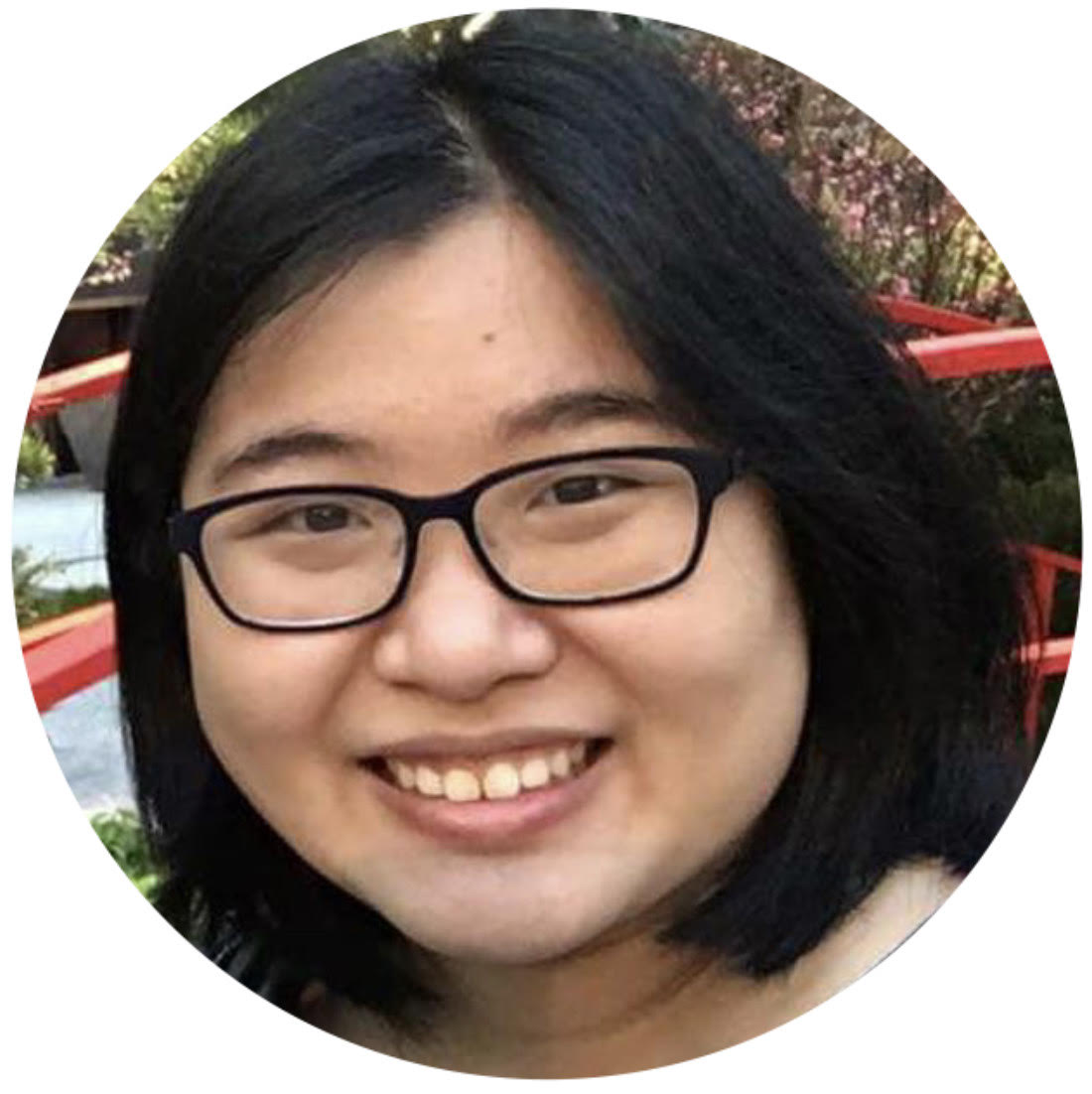 Goh Yu Mei is a Librarian with the National Library, Singapore, where she manages the Chinese arts and literature collection. She is interested in the relationship between society and literature.
Goh Yu Mei is a Librarian with the National Library, Singapore, where she manages the Chinese arts and literature collection. She is interested in the relationship between society and literature.
NOTES
-
Ji Xianlin (1911– 2009) was a Chinese linguist, paleographer, historian and writer who was proficient in many languages, including Chinese, English, German, French, Sanskrit and Pali. He was also one of China’s most well-known scholars of ancient Indian languages and culture. ↩
-
方桂香 [Fang, G.X.]. (2002). 《巨匠陈瑞献》 (p. 238). 新加坡: 创意圈工作室. (Call no.: RSING Chinese 700.92 FGX). La Divina Commedia (Divine Comedy) is a long narrative poem written in Italian by Dante Alighieri (1265–1321) and is widely considered as one of the greatest works of world literature. Duineser Elegien (Duino Elegies) is a collection of 10 German poems by the Austro-German poet Rainer Maria Rilke (1875–1926). The poems were written at Duino, a coastal town in northeastern Italy, over a period of 10 years. The anthology is recognised as one of Rilke’s best works. ↩
-
“Up Close and Personal with Tan Swie Hian”, 13 June 2019 (video interview). ↩
-
Chao Foon originally ceased publication in 1999. It was revived in 2002 by Southern College University in Johor and is still being published. The magazine started out as a bi-weekly publication but became a monthly publication in 1958 and a bi-monthly publication in 1990. Since its reissue, it has been a biannual publication. ↩
-
陈再藩 [Chen, Z.F.]. (2006, November 7). 鼎迁于南,成一方风气之鼎盛 ‘南方之鼎’人文精神奖: 陈瑞献与马华文化的第三次拥抱. 《联合早报》 [Lianhe Zaobao]. Retrieved from Factiva via NLB’s eResources website. ↩
-
Tan, S.H. (2016). Preface. In S.Y. Yap, Anatomy of a free mind: Tan Swie Hian’s notebooks and creations (p. 13). Singapore: National Library Board and Editions Didier Millet. (Call no.: RSING 700.92 CHE). ↩
-
Yap, S.Y. (2016). Introduction. In S.Y. Yap, Anatomy of a free mind: Tan Swie Hian’s notebooks and creations (p.18). Singapore: National Library Board and Editions Didier Millet. (Call no.: RSING 700.92 CHE) ↩
-
The Legion of Honour is the highest decoration conferred on anyone who has made significant contributions to France in a military or civilian capacity. ↩
-
Chave, A.C. (1993). Constantin Brancusi: Shifting the base of art (p. 4). New Haven: Yale University Press. (Call no.: RART q730.92 CHA). ↩
-
走进艺术巨匠的精神空间. (2005, November 8). 《联合早报》 [Lianhe Zaobao], p. 21. Retrieved from NewspaperSG. ↩
-
“Up Close and Personal with Tan Swie Hian”, 13 June 2019 (video interview). ↩
-
黄佩玲 [Huang, P.L.]. (2003, October 2). 6000多本书籍和艺术品 陈瑞献珍藏捐图书馆. 《联合早报》 [Lianhe Zaobao], p. 6. Retrieved from NewspaperSG. ↩


